Placenta Encapsulation and GBS
Have you been getting questions (or asking questions) about the safety of placenta encapsulation? If so, you are not the only one. In 2017, The CDC released a single case study concerning a sick newborn whose mother had her placenta encapsulated, and placenta pills were named as a potential source of the baby’s recurrent Group B Strep (GBS) infections. So is it true? Can placenta pills make babies sick?
The best news out of the case study is that the baby is now healthy, but the situation does provokde some hard questions about placenta encapsulation services for individuals who test positive for Group B Strep. When it comes to the safety of babies, parents and encapsulators - the highest priority must be SAFETY FIRST – for everyone.
Let’s look at a few facts we do know about following the evidenced based guidelines that are well established in food safety preparation. It is these same procedures that restaurants use to reduce the risk of food poisoning, pathogens and other illness that can be transferred via our food. Let’s also look at the clear guidelines OSHA has for cleaning and how best to avoid spreading blood borne pathogens. (Please note, all BEST certified encapsulators carry a certificate in both Blood Borne Pathogens and a Food Handlers License.)
Placentas and Food Safety
Placenta safety and food safety principles have these three in common.
Meat needs to be heated to an internal temperature of 140F in order to be safe to eat. We believe placentas processed at a temperature of less than 140 degrees will not meet food safety guidelines and thus are at higher risk of causing illness.
Perishable food must be kept refrigerated (or frozen) at a temperature of less than 40F . Food for consumption should not be stored above that temperature for more than 4 hours or it is not longer safe. Placentas, therefore stored at temperatures above 40F for more than 4 hours are unsafe and should not be consumed.
Placentas and Blood Borne Pathogens
Bleach and other EPA registered disinfectants kill pathogens when used as directed. All reusable items in the process of placenta encapsulation should be correctly cleaned with Bleach and other EPA register disinfectants. Neither sunshine or essential oil qualify as a disinfectants.
Disposable items reduce the risk of contamination. We encourage disposable products when possible for use in placenta processing.
Using the above principles, we can establish processes that help ensure safety in the encapsulation process.
Placentas MUST be heated to 140F. We teach our encapsulators to dehydrate at 160F,, and we do not certify encapsulators to offer any placenta products that do not include heating the internal temperature of the placenta to 140.
Placentas MUST be refrigerated/stored correctly to reduce the risk of illness. This includes any time between when the placenta is birthed and when it is picked up as well as how it is stored until it is processed. We teach encapsulators a variety of ways to obtain and store placentas in food safe temperatures so that they can use the one that best suits their clients and business.
Bleach and other EPA registered disinfectants should be used at every stage of the process - there is no substitute. All items that come in contact with a placenta or placenta waste MUST be disposable or cleaned properly. We teach that disposable items should be used when possible but anything that is not disposable that is used at any point in the encapsulation process must be bleached both to avoid pathogens and cross contamination.
When might placenta encapsulation be unsafe?
Here’s where we circlet back to our family from the CDC case study. Beyond unsafe storage, the biggest reason to not encapsulate a placenta is if the birthing person or baby has an infection at the time of delivery or within 24 hours of that delivery. Active infection is always a contraindication to encapsulation.
We don’t know many of details of the encapsulation process from the CDC case study. Perhaps the encapsulator did not follow food safety guidelines - though that has not been confirmed by either the encapsulator or the CDC. Perhaps poor hand washing played a role - once again, completely unconfirmed. However, we do see in the CDC report that the baby was diagnosed with an infection within 24 hours of delivery so we absolutely know the placenta was not safe for encapsulation. In all likelihood the encapsulator had no idea an infection was present so this serves to underscore the importance of communication with encapsulation clients.
Making the Best Choice
Only a birthing family can decide what options are best for them, we always recommend that our encapsulators provide info on their safety procedures to their clients. We also teach encapsulators how to communicate with their clients when choosing placenta encapsulation is not the safest choice.
We’d love to chat with you more about BEST Placentas’ training and guidelines. Please reach out if you have questions!
